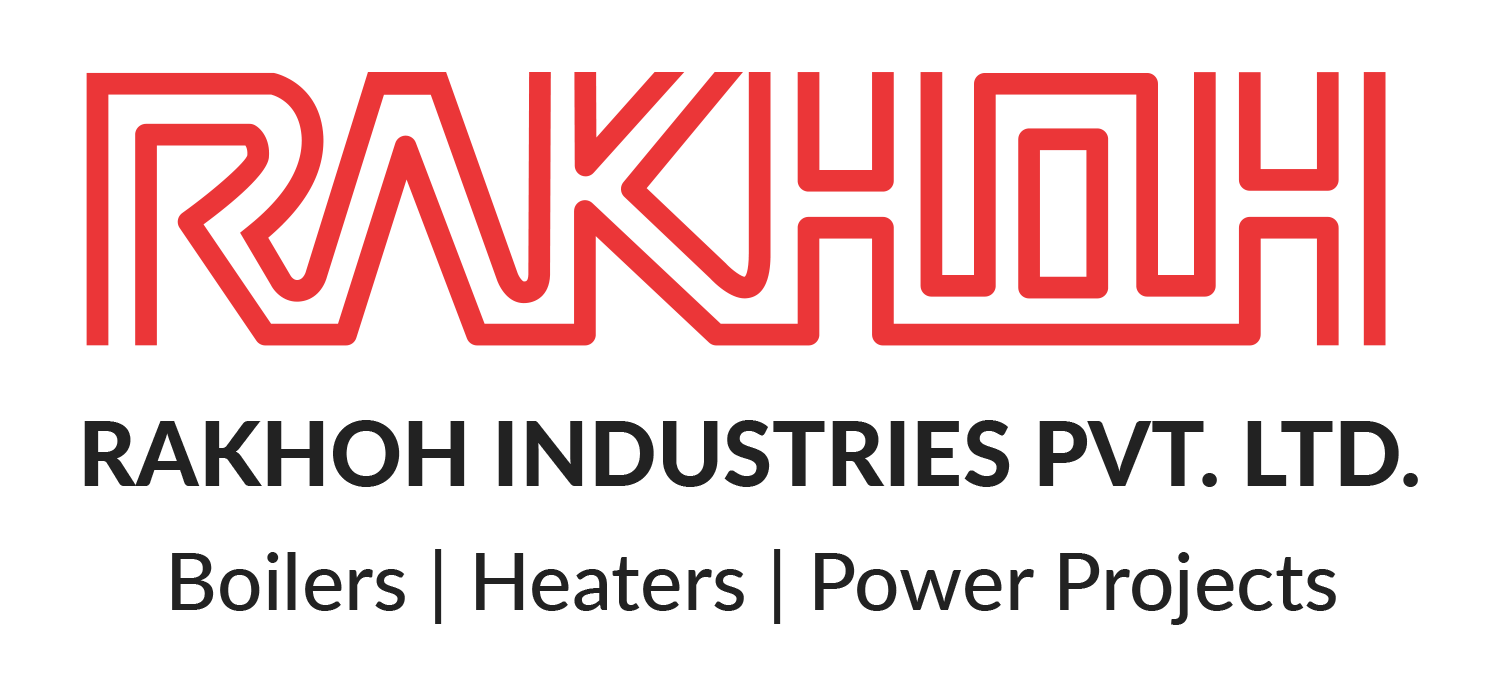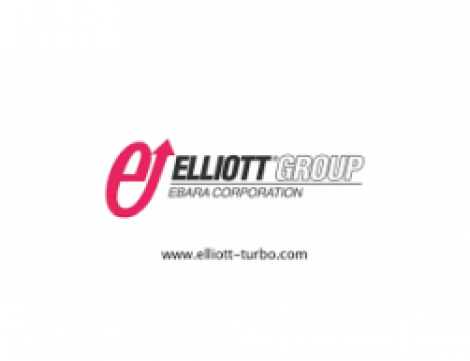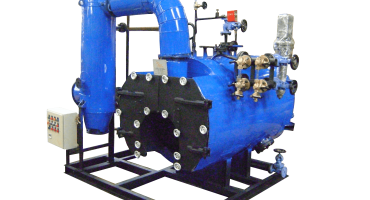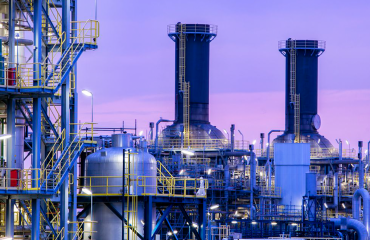Cement is an imperative component to bind other materials for structural purposes through a chemical process known as the setting. Cement is dry powders and an essential requirement for constructing buildings, bridges, roads, runways, etc. With an increasing improvisation of the transportation and infrastructure facilities globally, cement is manufactured on a large scale.
Cement Industry in India:
India is the second-largest cement producer in the world. Out of its total production, 98% falls under the private sector and 2% with the public sector. India produced over 294.4 million tons of cement in FY21 and 329 million tons in FY20, expecting to increase by 10% to 12% in FY22. The demand for cement has witnessed an escalation after the government’s new infrastructure projects of housing societies and highways. The real estate sector accounts for over 65% of the total cement requirement in India.
Limestone is the primary material necessary for cement manufacturing. Through the process of dynamic metamorphism, limestone is turned into marbles. The lime shell and marl variation of limestone consists of varying amounts of slits and clay. Other types of limestone are coral limestone, algal limestone, hydraulic limestone, pisolite limestone, crinoidal limestone, onyx, travertine, lithographic limestone, etc., used for manufacturing cement. States like Gujarat, Andhra Pradesh, Meghalaya, Karnataka, Madhya Pradesh, and Telangana are the major limestone mines in India.
Cement Manufacturing Process:
Modern Portland cement, also known as Ordinary Portland Cement (OPC), is produced by combining limestone (CaCO3) with sand (SiO2), clay, and other materials in a kiln at 1400°C to 1500°C temperature. The stages of cement manufacturing include,
Mining:
The first stage of the cement manufacturing process is the mining of limestone, which is the essential raw material for cement. Limestone is dug from open mines by drilling and blasting. It is loaded on dumpers and transported to hoppers in the limestone crushes.
Crushing, Stacking, and Reclaiming Limestone:
The crushers help to crush the limestone to minus 80 mm in size and pass it to the stacker through the belt conveyor. The material is stacked in piles and extracted by the reclaimers to transport it to raw mill hoppers for the grinding process.
Crushing and Reclaiming Coal:
Coal is vital for heating during the cement clinker process. Raw coal received from mines is transported to a belt conveyor from a hopper for crushing it in a crusher. The crushed coal is deposited in stockpiles from the crusher and later reclaimed by the reclaimer to carry it to coal mill hoppers to grind it to fine coal.
Grinding and Homogenization:
The reclaimed limestone is fed to a raw mill for fine grinding along with other laterites. The hot gases released from the clinkerisation are utilized for drying in the raw mill, and the raw material is transported to an electrostatic precipitator or baghouse. The collected material is homogenized in a concrete silo. The extraction from the silo is kiln feed is passed to the top of the preheater for pyro processing.
Clinkerisation:
The fine powder of limestone is heated at an extremely high temperature of around 1450°C for clinkerisation. The pyro processing of kiln feed produces cement clinkers. The hot clinker released from the kiln falls to the grate cooler for the cooling process. The cooler delivers the clinker to the conveyor to transport it to clinker stockpiles. The clinker stockpiles are moved to ball mill hoppers for the cement grinding process.
Cement Grinding:
Clinkers and gypsum are fed to the cement mills for Ordinary Portland Cement. The cement mills grind the feed into a fine powder. The resultant material is fed to an elevator that transports it to a separator for separating fine product and coarse material. The fine product is stored in a concrete silo, and the coarse material is carried for regrinding.
Packaging:
The cement is extracted from silos and transported for packaging to electronic packers for packing in 50-kilogram bags.
Boilers in Cement Industry:
Energy is an important requirement in the cement manufacturing process that is met by power generation plants that facilitate cost-effective production. On average, energy cost accounts for 40% of total manufacturing costs in the cement industry. Additionally, cement manufacturing contributes 5% to 6% of man-made CO2 emissions.
Waste Heat Recovery Boilers are ideal for cement manufacturing plants as it utilizes the heat generated through rotary kiln preheater for power generation. The hot gases help in generating steam that is further used for generating power through steam turbines. Waste heat recovery boilers can provide approximately 20% to 30% of the power requirement in a cement plant. It results in considerable power-saving and optimal productivity in the industry.
Steam Rankine Cycle System is majorly used for Waste Heat Recovery Boilers for power generation in cement industries in India. Steam Rankine Cycle passes exhaust gas from the rotary kiln through preheaters. More than 60% of cement industries prefer Waste Heat Recovery Boilers for power generation.
Rakhoh Boilers are one of the leading boiler suppliers in India and overseas that have manufactured efficient steam boilers, waste heat recovery boilers, and boiler accessories for more than 20 process industries. We offer excellent boiler services and solutions for steam generation.
Visit our website www.rakhoh.com to explore our products and services.









